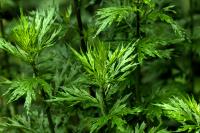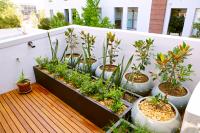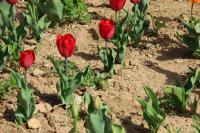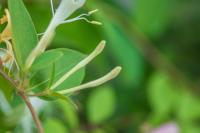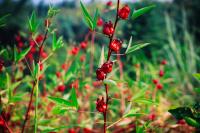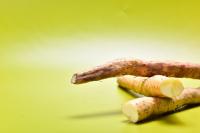1、 How to plant
1. Soil selection: Dendrobium has little requirements for soil. Wild Dendrobium can grow on bark or crevices, so the soil quality is not important. The important thing is the growth environment. First of all, ensure that the air humidity is high, generally about 80%. Secondly, pay attention to the temperature. The temperature in winter should be higher than 0 ℃. In addition, trees and stones should be selected. Pear trees or camphor trees are generally selected for trees, and moss and humus should be on the surface of stones.
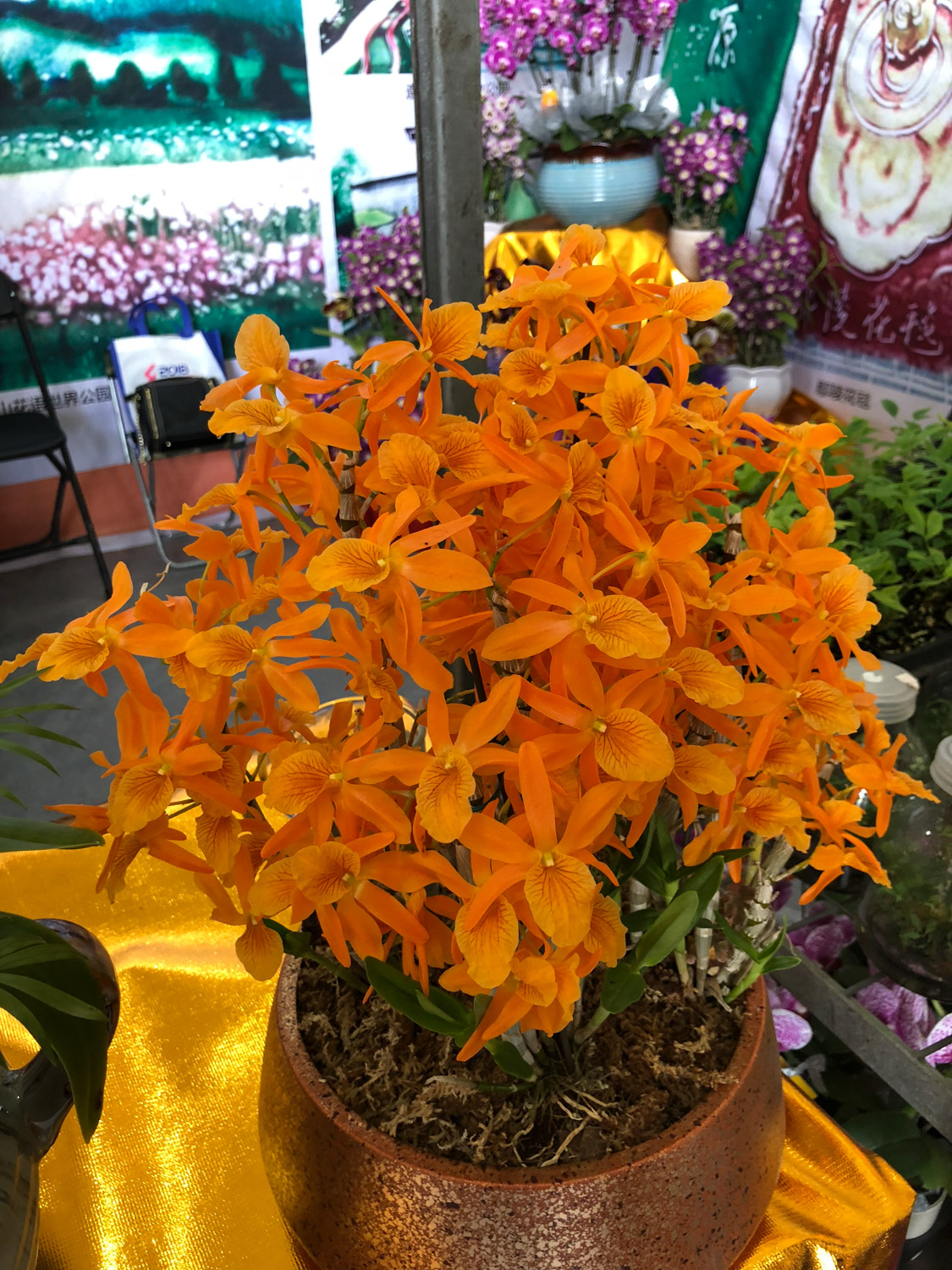
2. How to plant: Dendrobium is usually planted by the method of dividing plants, mostly in spring. At this time, the humidity is large, the rainfall is sufficient, and the survival rate of planting is relatively high. Select the adult plant with strong growth, cut the new 2-year-old stem, remove the long old root, and keep only about 2-3cm. Stick it in the stone seam or bark and smear it with cow dung and mud to ensure that it is close and will not fall down.
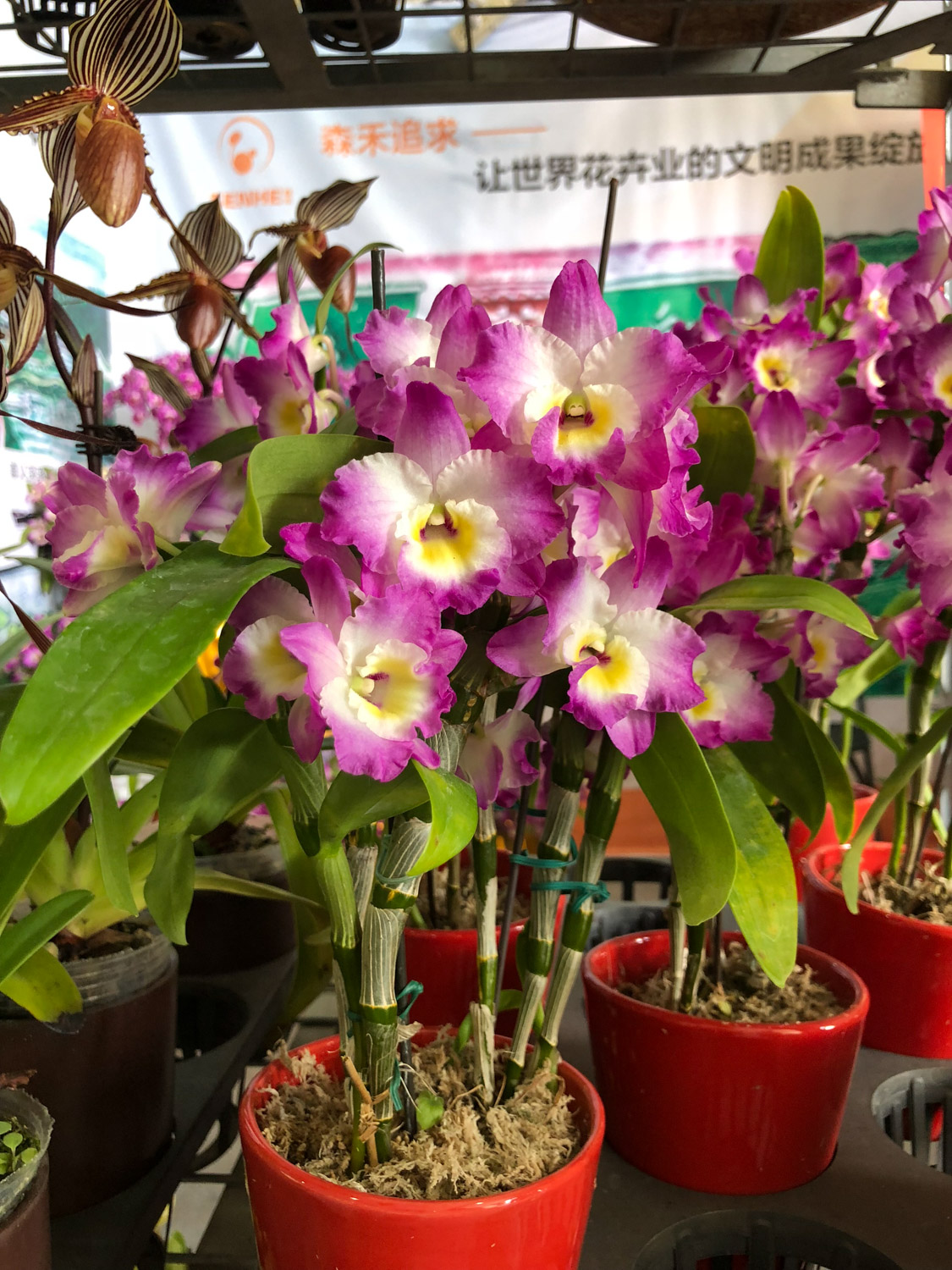
3. Daily management: Dendrobium prefers a warm and humid environment, but it cannot be watered directly. Instead, it should improve the environmental humidity by spraying water. In its growth period, it is necessary to apply fertilizer appropriately. Generally, nitrogen fertilizer is selected, and manure and river mud are mixed at the same time. It is applied once before and after Qingming. At the beginning of winter, use rapeseed cake and calcium superphosphate to make fertilizer and paste it on its roots.
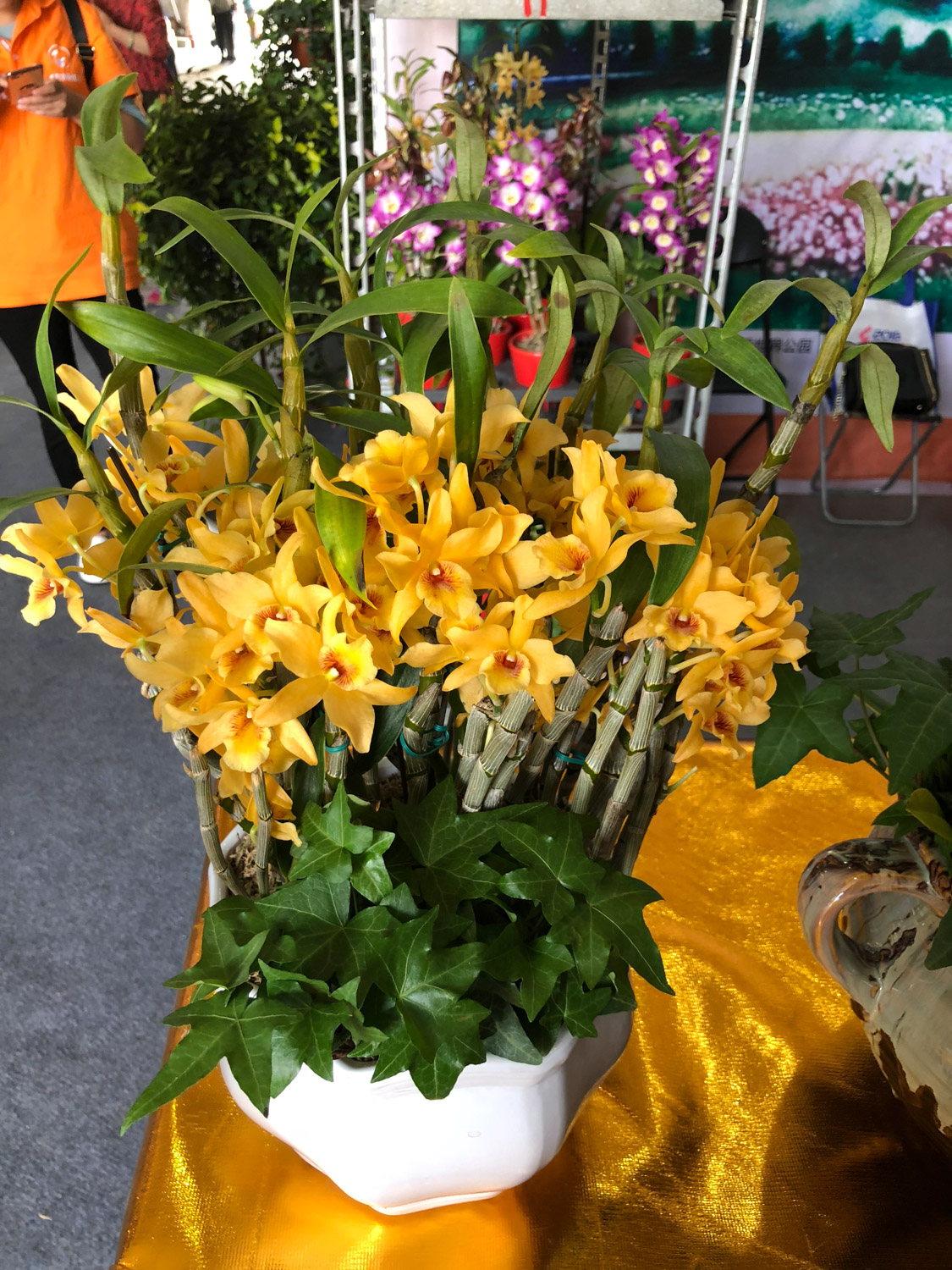
4. Pest control: in the growth process of Dendrobium, we need to prevent black spot and anthrax, and be careful of feidunjie. Black spot will wither its leaves, mostly in March to May. Carbendazim solution can be sprayed for control. Anthrax can cause black brown spots on the leaves. It will occur in 1-5 months, usually with carbendazim or methyl tozin spray. Feidunjie generally recurred in May and can be killed with dimethoate emulsion.
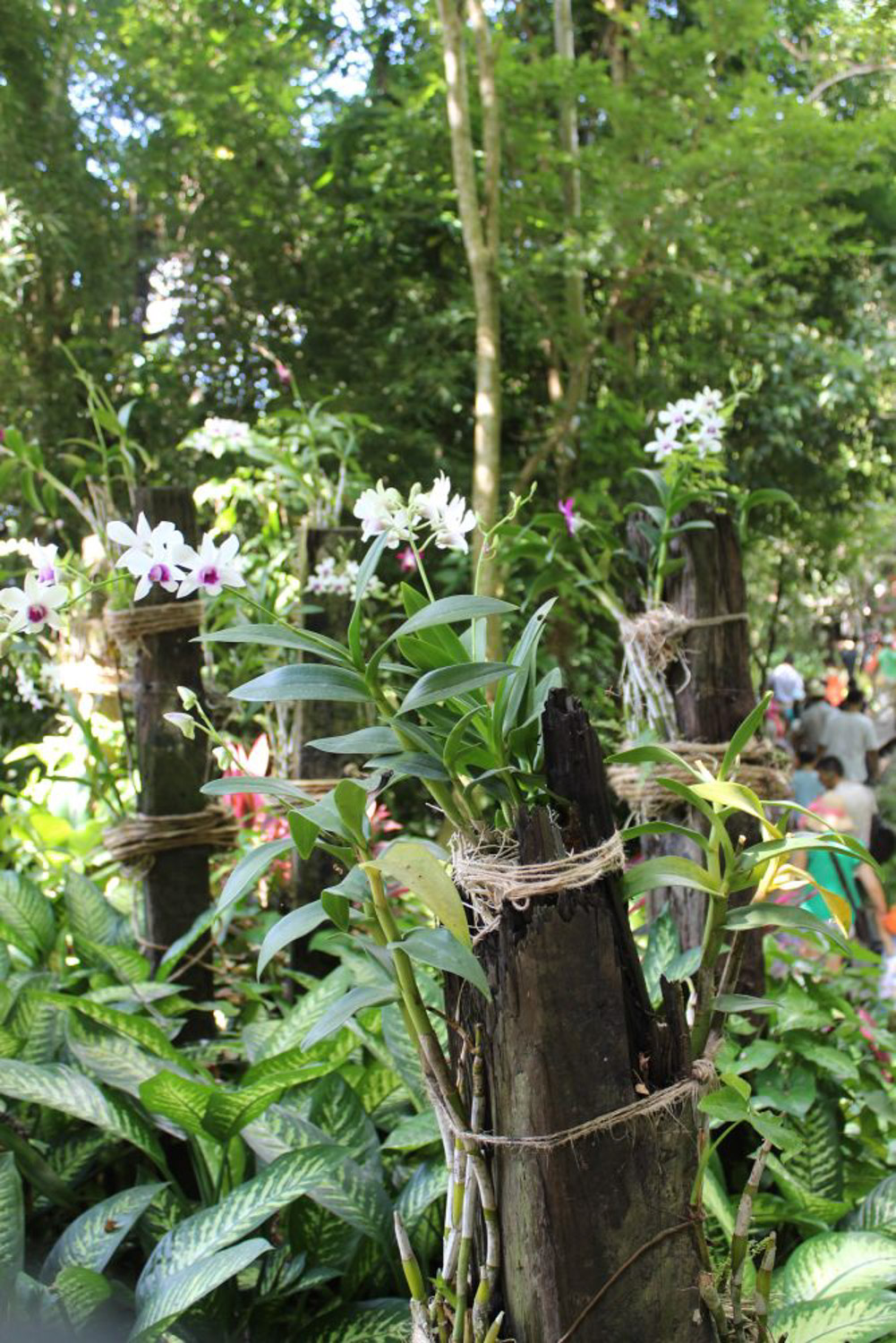
2、 How
When raising Dendrobium, we must pay attention to shading. It doesn't like light. It will grow better in half shade and half sun. Although plants like to be wet, they cannot be watered directly, because the root system has a weak ability to absorb water. It mainly depends on the leaves to absorb water in the air, so it is necessary to maintain a high humidity. In addition, appropriate fertilization should be applied, with more nitrogen fertilizer in spring and more phosphorus and potassium fertilizer in winter.

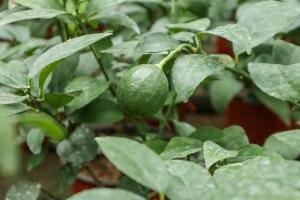 The efficacy and fun...
The efficacy and fun...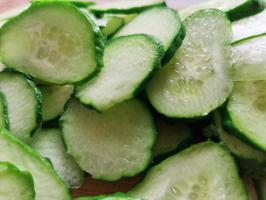 The efficacy and fun...
The efficacy and fun...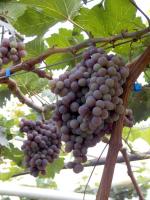 The benefits of eati...
The benefits of eati...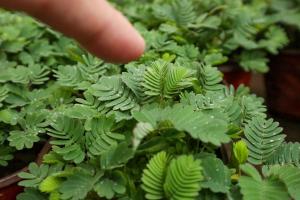 Why is Mimosa called...
Why is Mimosa called...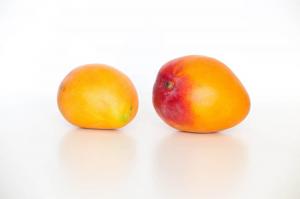 What can't mango be ...
What can't mango be ... The efficacy and fun...
The efficacy and fun...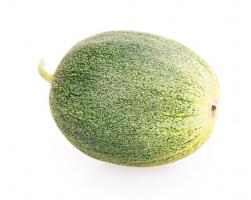 Is watermelon a frui...
Is watermelon a frui...


























